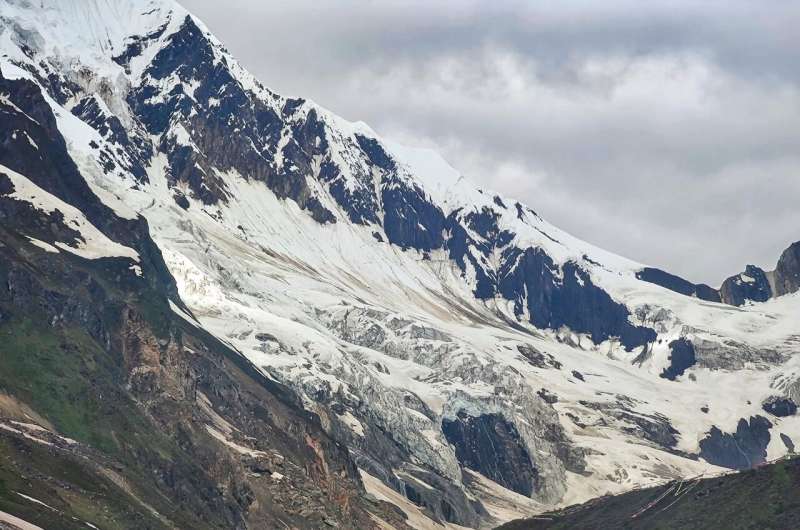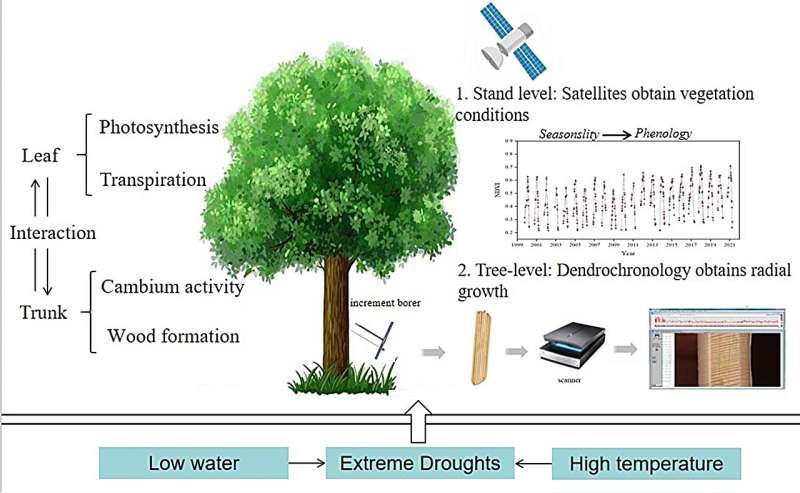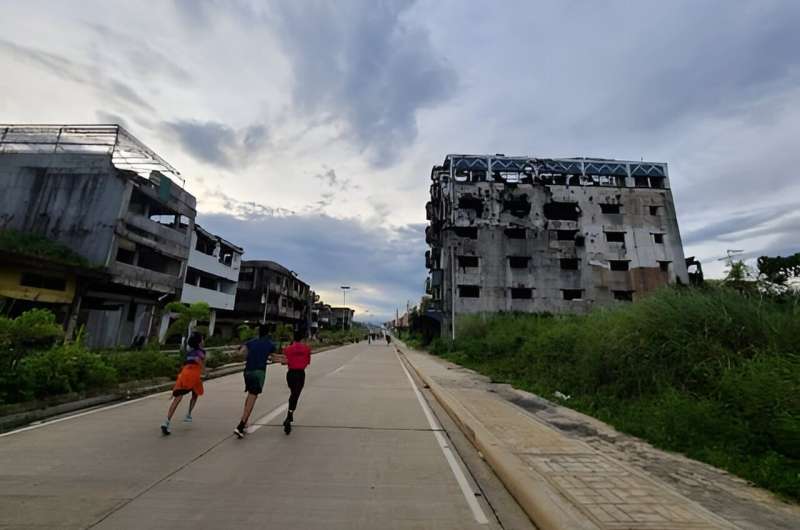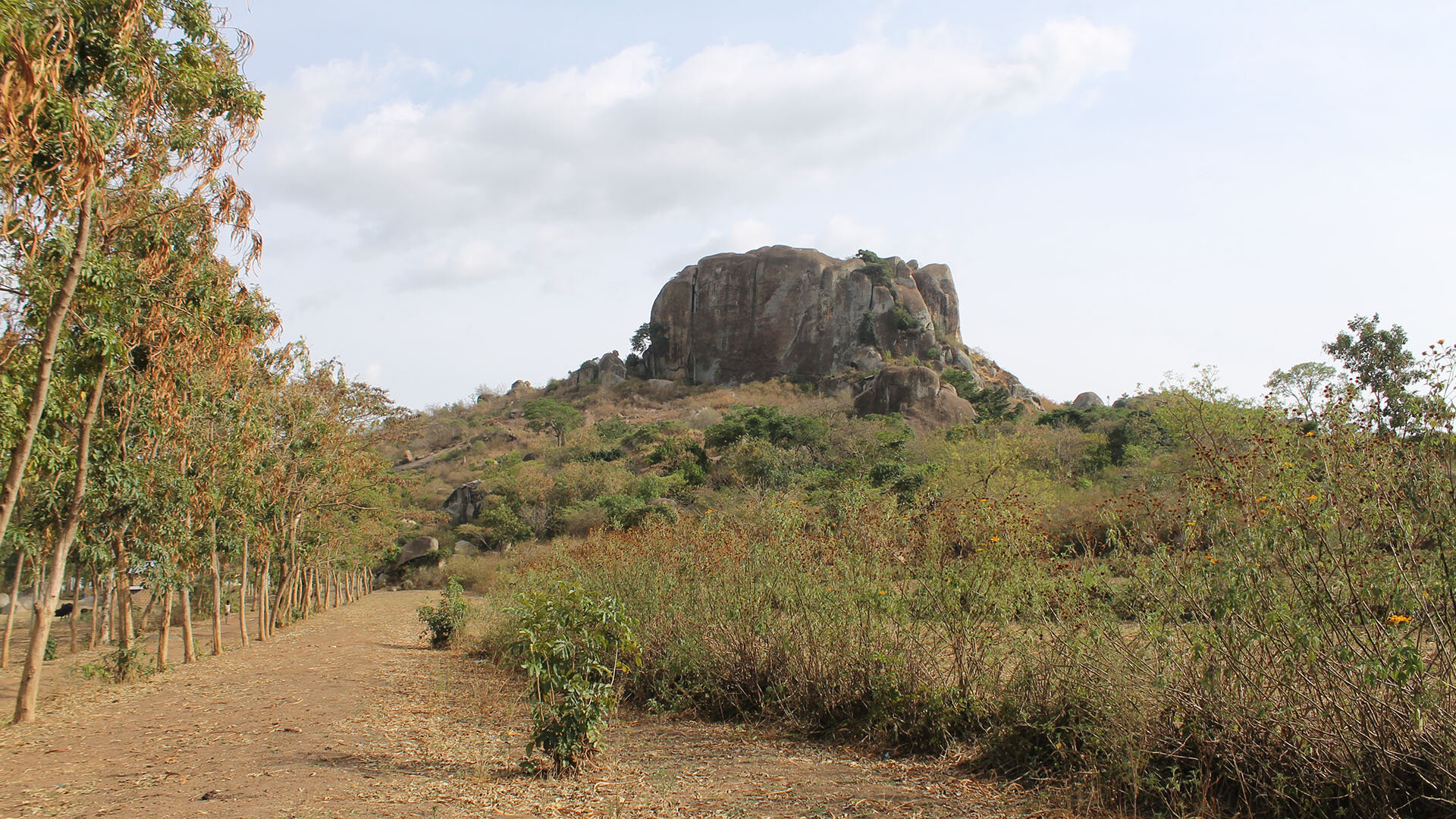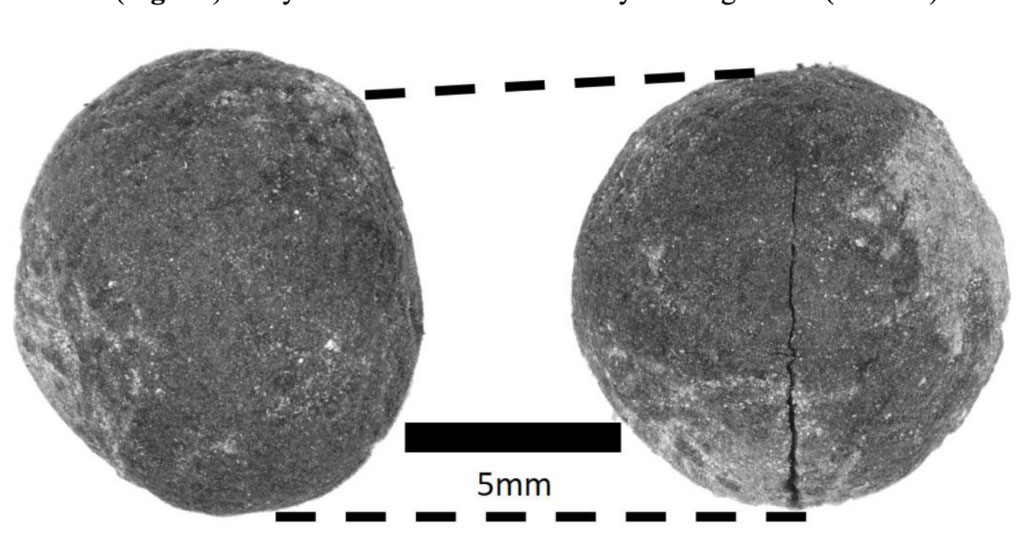Employees were better able to focus on Monday

It's nothing new, but we'll say it again: sleeping well will make you feel less tired. Specifically, a new study published in the Journal of Organisational Behaviour has shown that higher sleep quality during weekends is associated with slightly lower levels of exhaustion during the work week.
Researchers at the University of Mannheim, Germany, hypothesised that employees would report better psychological 'reattachment' to work after experiencing higher quality sleep on Saturdays and Sundays, as they would be more easily able to employ energetic and cognitive resources.
Conversely, they predicted that weekends with 'catch-up' sleep (inconsistent sleep that was making up for a sleep debt), or where sleep was disrupted or irregular due to leisure activities ('social sleep'), would be followed by lower levels of reattachment to work on Monday.
They also thought that employees who 'reattached' better on Monday would subsequently experience reduced exhaustion and higher task performance during the work week.
How was the study conducted?
310 employed individuals from Germany were asked to complete a weekly diary study, answering surveys on Mondays and Fridays. On Mondays, they self-reported their sleep during the weekend and how reattached they were to work; on Fridays, they assessed their work-week fatigue and task performance. Self-reporting and requiring participants to remember how they slept creates some limitations, however, in contrast to results produced by less subjective measures.
Participants were predominantly female (81%) and 41 years old on average. 55% had university degrees.
Results showed that participants experienced better reattachment to work on Monday when they'd slept better over the weekend. In contrast, catch-up sleep was usually followed by lower reattachment on Monday, though the same could not be said for social sleep lag.
Lower reattachment on Monday was indeed linked to increased exhaustion for the rest of the work week, but that did not apply to task performance.
'Our findings suggest that high-quality sleep during the weekend can be beneficial, but catching up on sleep during the weekend can be detrimental to Monday reattachment and, in turn, indirectly to work-week exhaustion. Accordingly, we demonstrate that Monday reattachment can set the tone for the entire work week, but the capability to reattach depends on weekend sleep as a core recovery process,' the study authors said.
So while a great weekend can pep you up for the week ahead, it might also be advisable to use sleep over the weekend to rest and recover fully... but you knew that already, didn't you?





:focal(468x352:469x353)/https://tf-cmsv2-smithsonianmag-media.s3.amazonaws.com/filer_public/3b/2e/3b2efb07-45e8-4c5d-a677-147c18079bae/1720617587-ancienttemple-pr.webp)




